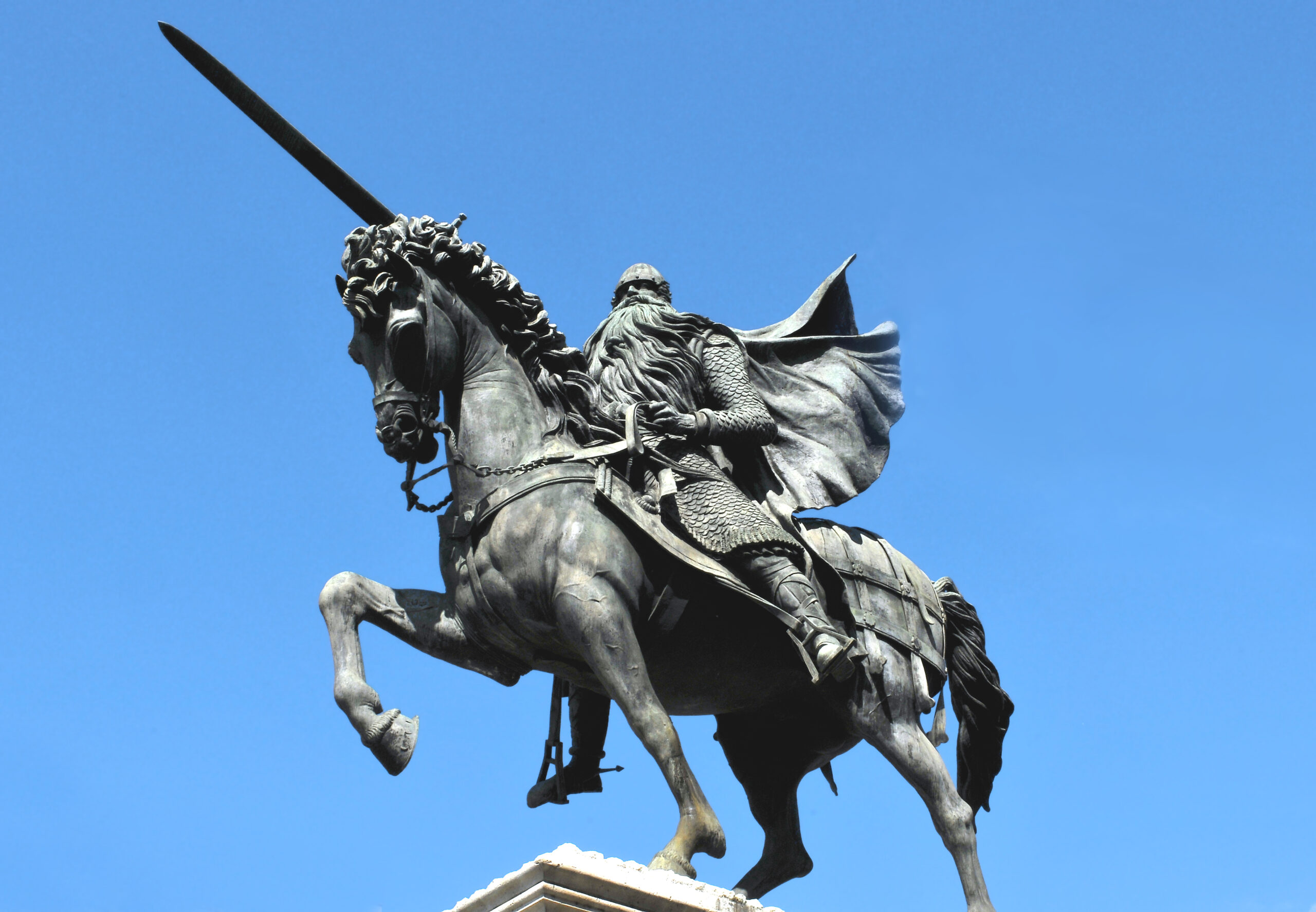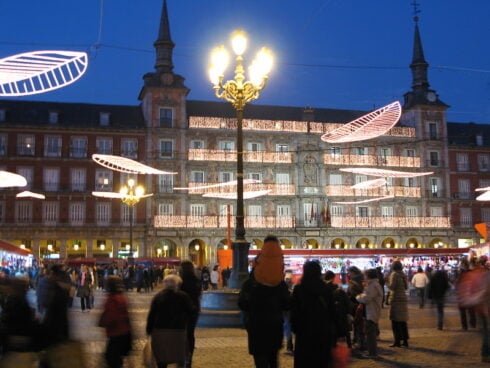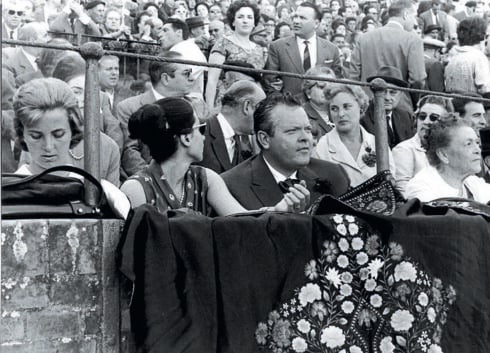As Cambridge University professor Nora Berend releases her Spanish language biography of El Cid, Michael Coy takes a delve into the life of the legendary figure
SOME names just linger in the background of our minds, like dusty old books on a shelf we’ve never opened. El Cid is one of those names.
Some of us know there was a Hollywood film about him (Charlton Heston, brooding with a sword), others vaguely remember something about a Spanish knight, and the rest probably couldn’t pick him out of a line-up.
But here’s the thing: El Cid was real. He wasn’t just a film character or a classroom footnote. His real name was Rodrigo Diaz de Vivar, and he died on July 10 1099 after living a life that would put most blockbuster plots to shame.
He was born in Castile – north of Madrid, in a part of Spain where they still claim the “purest” Spanish is spoken. If the UK has the Home Counties as its cultural heart, this bit of Spain is its equivalent. Rodrigo was born right in the middle of it, and over the years he went from local lad to warlord to the ruler of Valencia.
But don’t let the ‘hero’ label fool you. His story is far from straightforward.
Yes, he was a brilliant warrior. Yes, he inspired a famous medieval poem (El Poema del Mio Cid). And yes, he eventually became a symbol of Christian Spanish virtue. But peel back the myth and what you find is a far messier, more interesting person.
Rodrigo – El Cid – was a man of his time, and his time was chaotic. The Reconquista was in full swing, a centuries-long tug-of-war as Christian kingdoms fought to reclaim land from Muslim rulers across the Iberian Peninsula. And El Cid? Well, he didn’t always stick to one side.
He fought for two Christian kings, Sancho and Alfonso. When that fell apart, and Alfonso banished him, El Cid shrugged and joined the other side – literally. He took up arms for Muslim rulers in Zaragoza, defending the very cities he’d once attacked. The name “El Cid” itself comes from the Arabic As-Sayyid, meaning “The Master.” And he wore it proudly.
READ MORE:
- Hidden Corners of Spain: Michael Coy takes you on a tour of Competa in the Axarquia region of Malaga
- HIDDEN CORNERS: Michael Coy continues his series about some of the lesser known spots in Spain, this time in Écija
At one point, he even launched his own campaign and seized Valencia, ruling it more or less independently. Not quite the holy Christian crusader of legend, then. More a ruthless, adaptable military leader who knew how to play both sides and win.
He was, in modern terms, a mercenary. Loyal to no cause but his own survival and success. And yet, over the centuries, he was rebranded into a patriotic icon. Castile’s shining knight. The ideal Spaniard.
It’s fascinating how stories shift like that – how someone can live one kind of life, and be remembered for another. Maybe it’s human nature. We like clean lines. Good versus evil. Heroes and villains. But real people, especially the interesting ones, rarely fit into neat boxes.
So what do we do with someone like El Cid?
Maybe we can admire the skill, the tenacity, the sheer nerve it must’ve taken to stay afloat in a world constantly tearing itself apart. And at the same time, we can be honest about the compromises, the contradictions, the uncomfortable truths. He wasn’t perfect, but he was remarkable.
If you ever find yourself in Burgos, you can visit his grave in the cathedral there. It’s a grand setting for a man who’s become larger than life. And as you stand there, maybe spare a thought for the real Rodrigo Diaz – hero, turncoat, warlord, legend. A man who lived by his own rules, and somehow still ended up a national treasure.
Not bad for someone whose life can’t quite be pinned down.
Click here to read more La Cultura News from The Olive Press.









El Cid Campeador. Hi Michael – thank you for the very interesting article about Rodrigo de Vivar – such a pleasure to read about other facets of Spanish culture and history. Your point about interesting people not fitting into boxes is very pertinent and we would do well to remember this in our present black and white cancel culture world where lives turn on the condemnation of a single sentence. I wonder if perhaps the national hero figure represented by El Cid is losing relevance with the younger generation. A drawing of The Oath of Santa Gadea ( where El Cid forced king Alfonso to swear that he had no part in the death of his brother Sancho ) was omnipresent on one denomination of peseta bank notes before the arrival of the euro, and in souvenir shops everywhere one could purchase copies of Rodrigos two famous swords Tizona and Colada. Kids would ride around the playground on the Cids horse Babieca. All sadly faded. Other than the book you mention there is also an excellent historical novel recently published called “Sidi” by Arturo Pérez Reverte. Well worth a look.